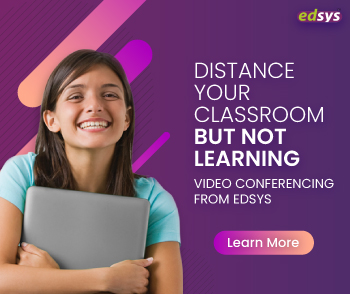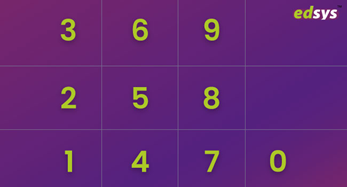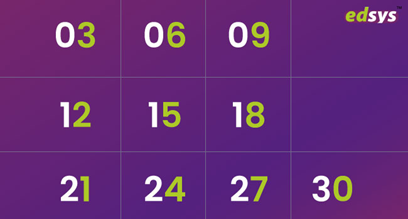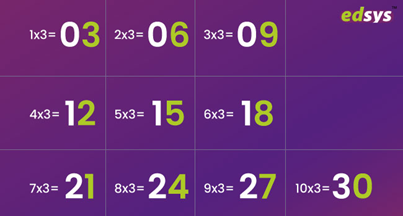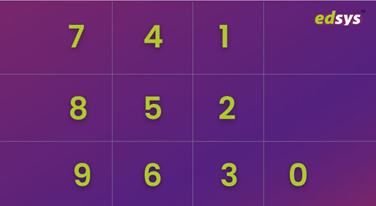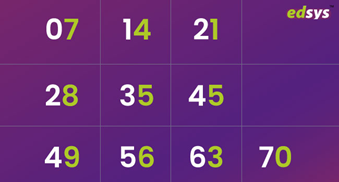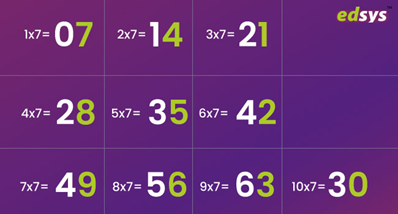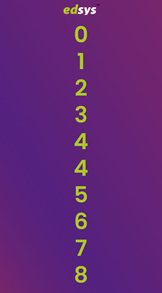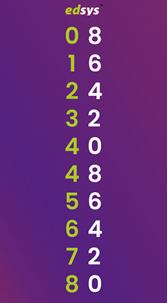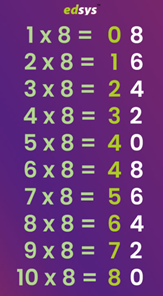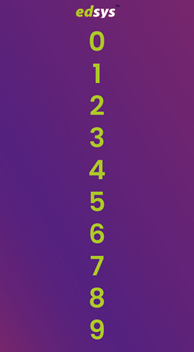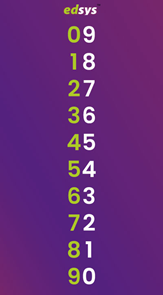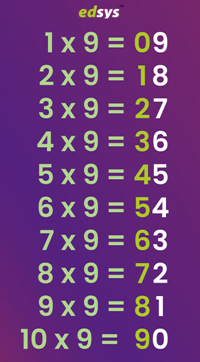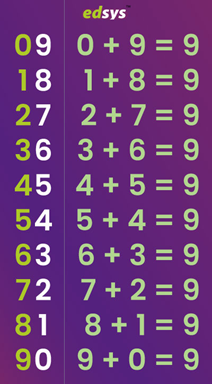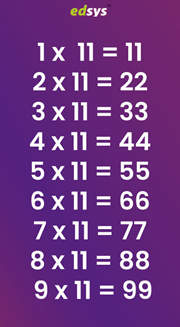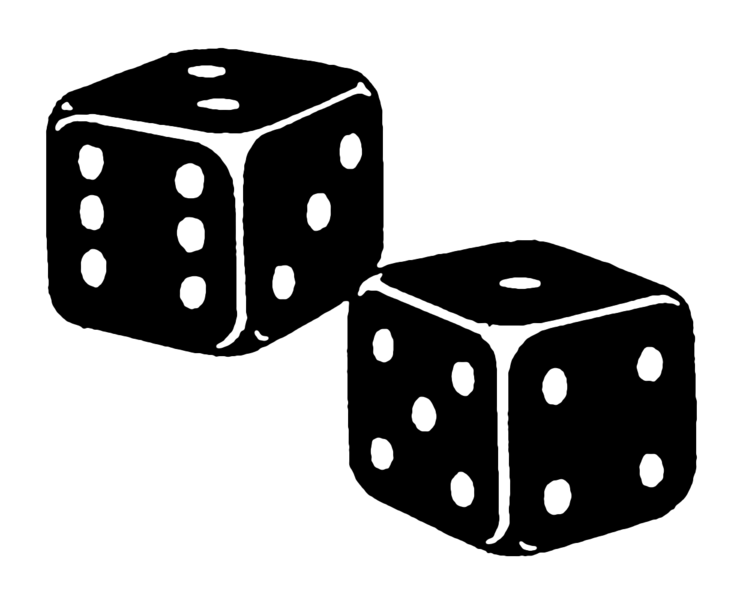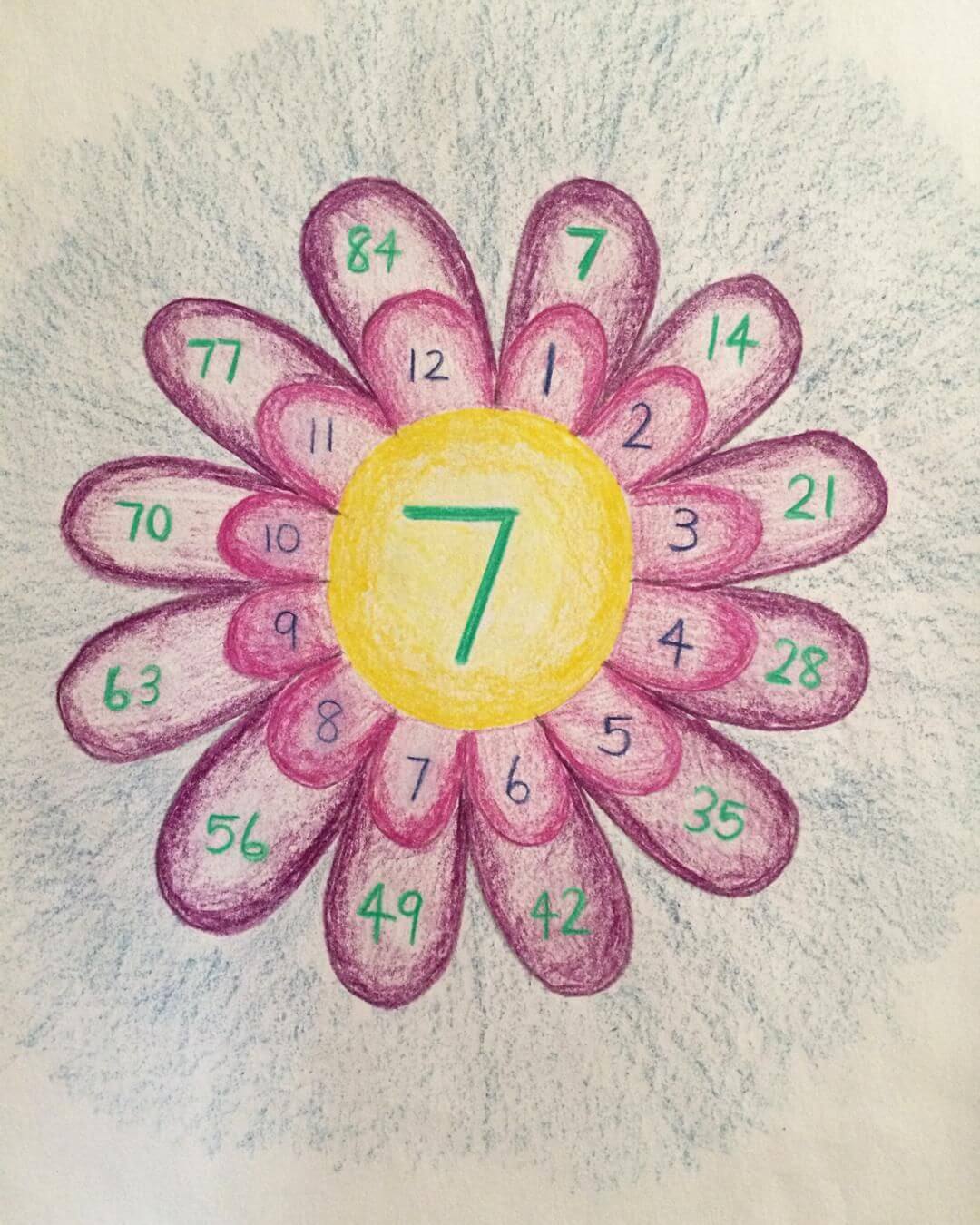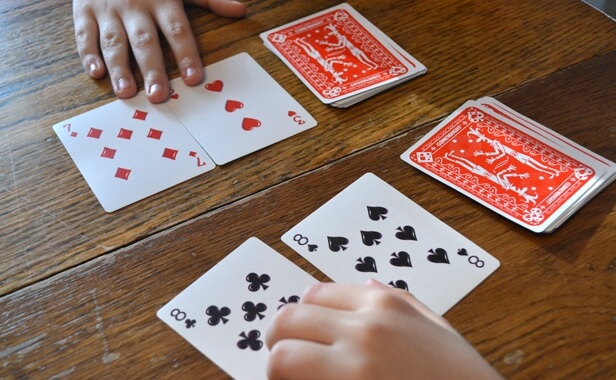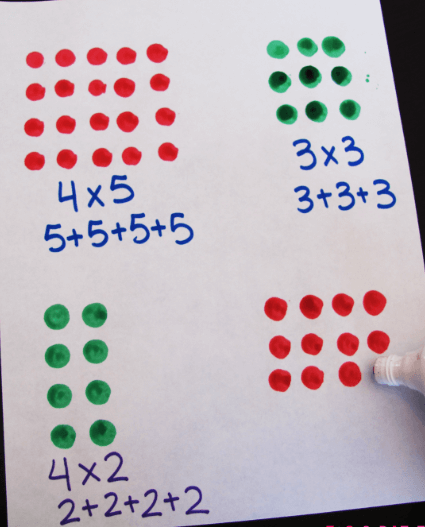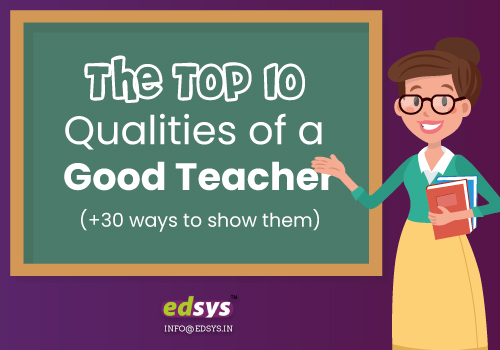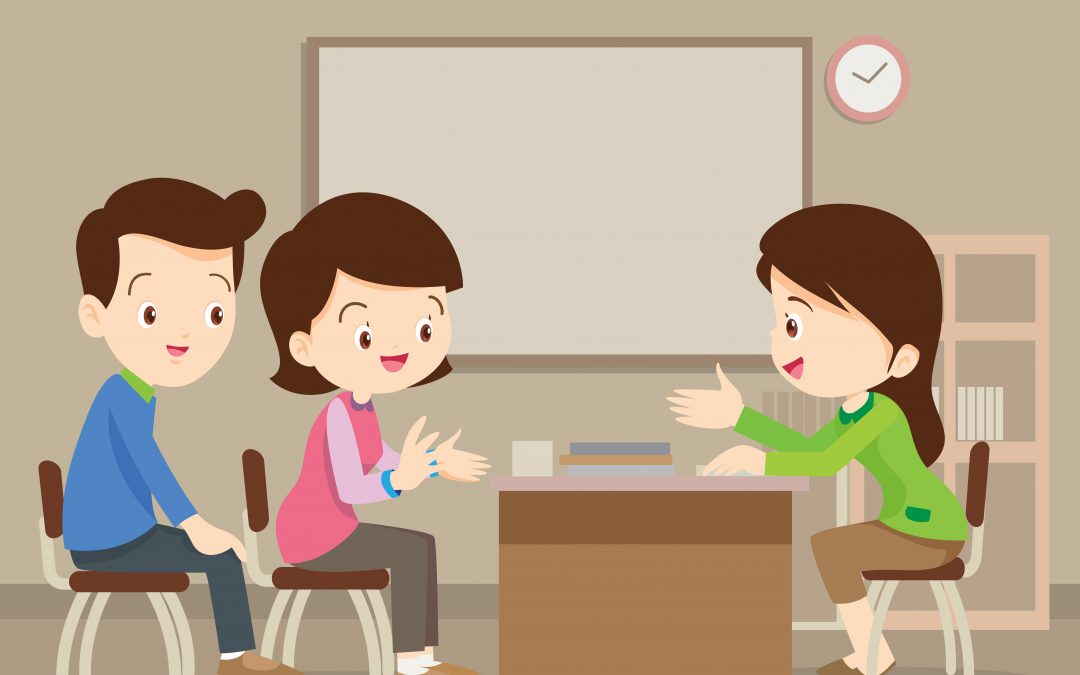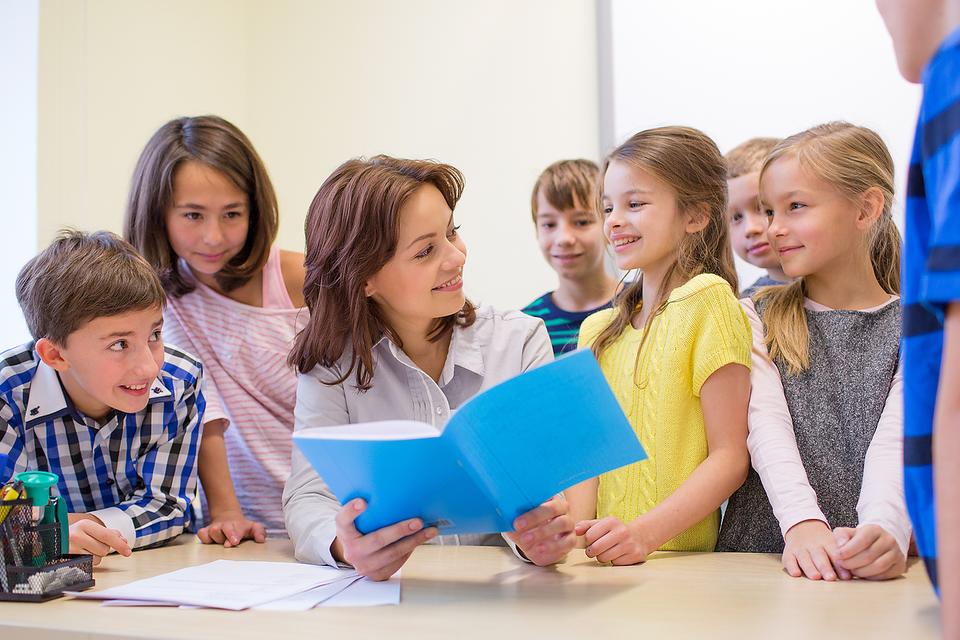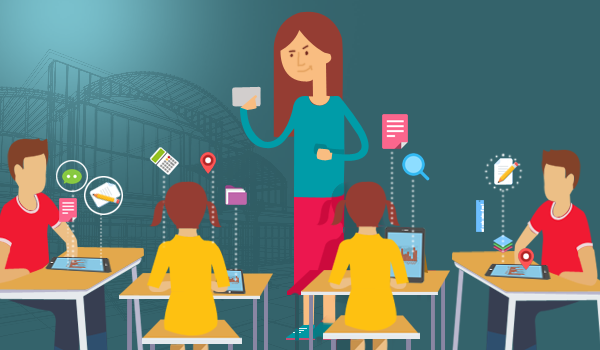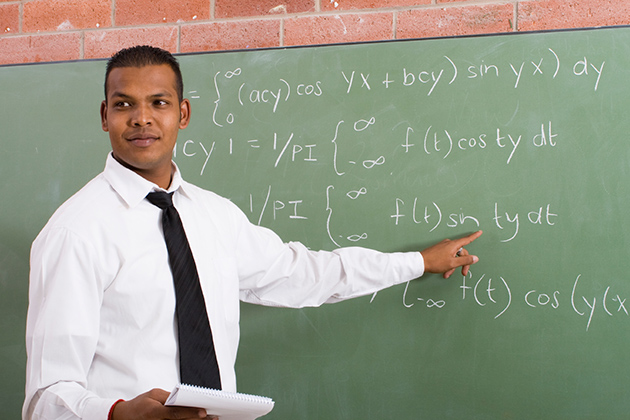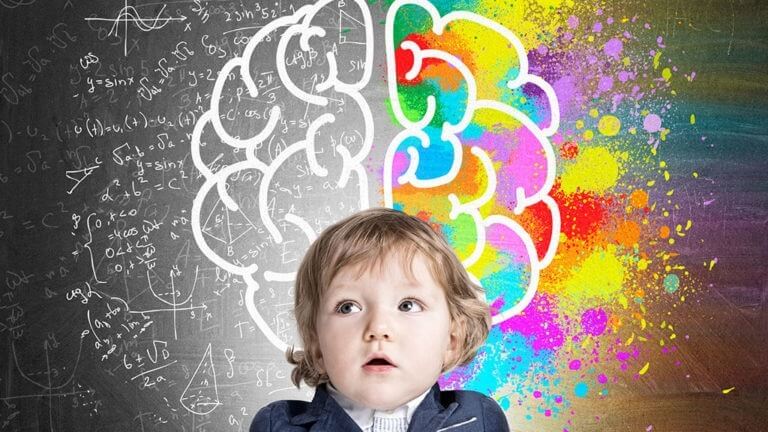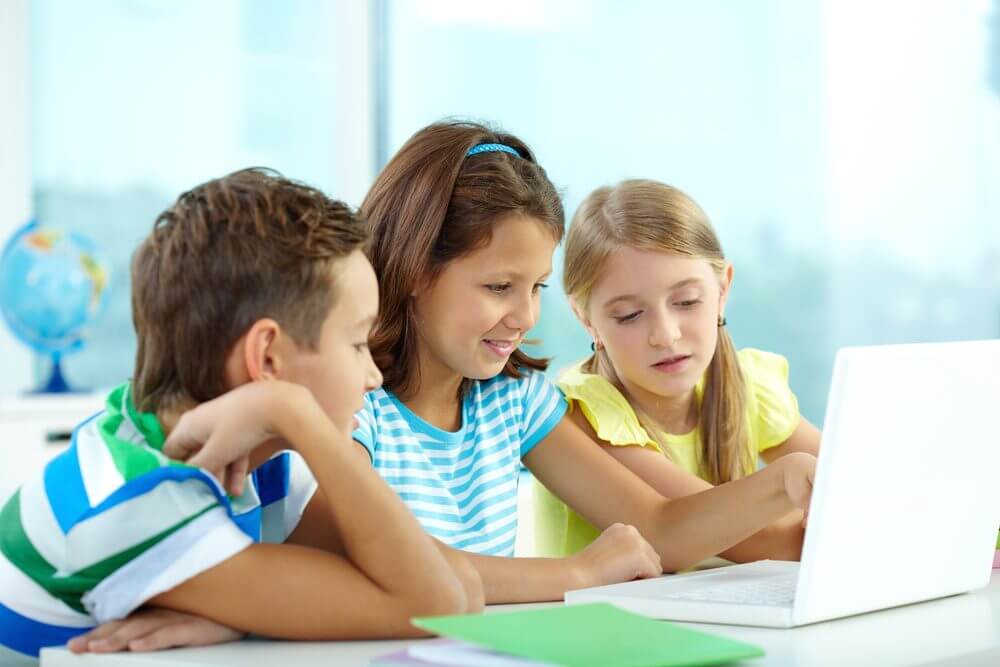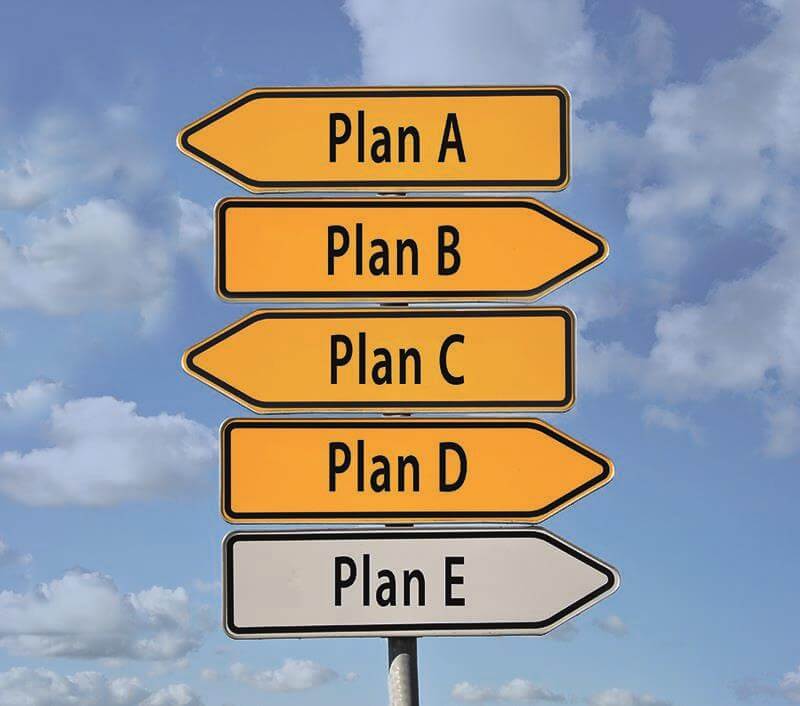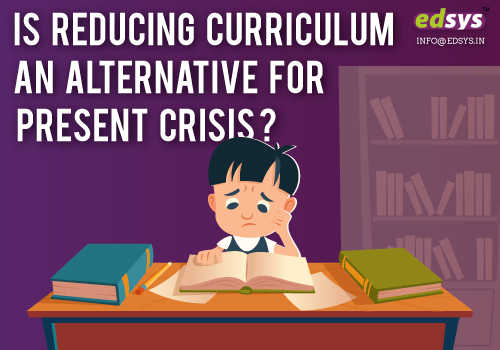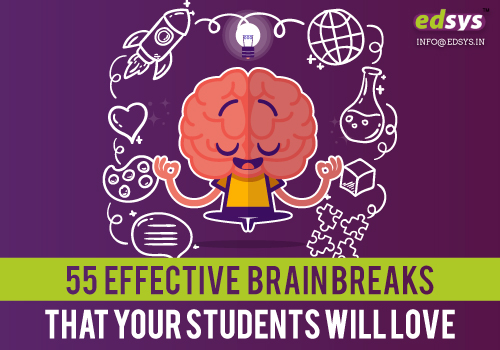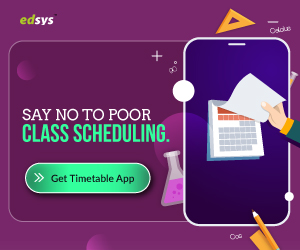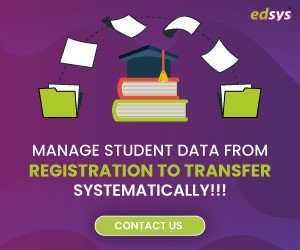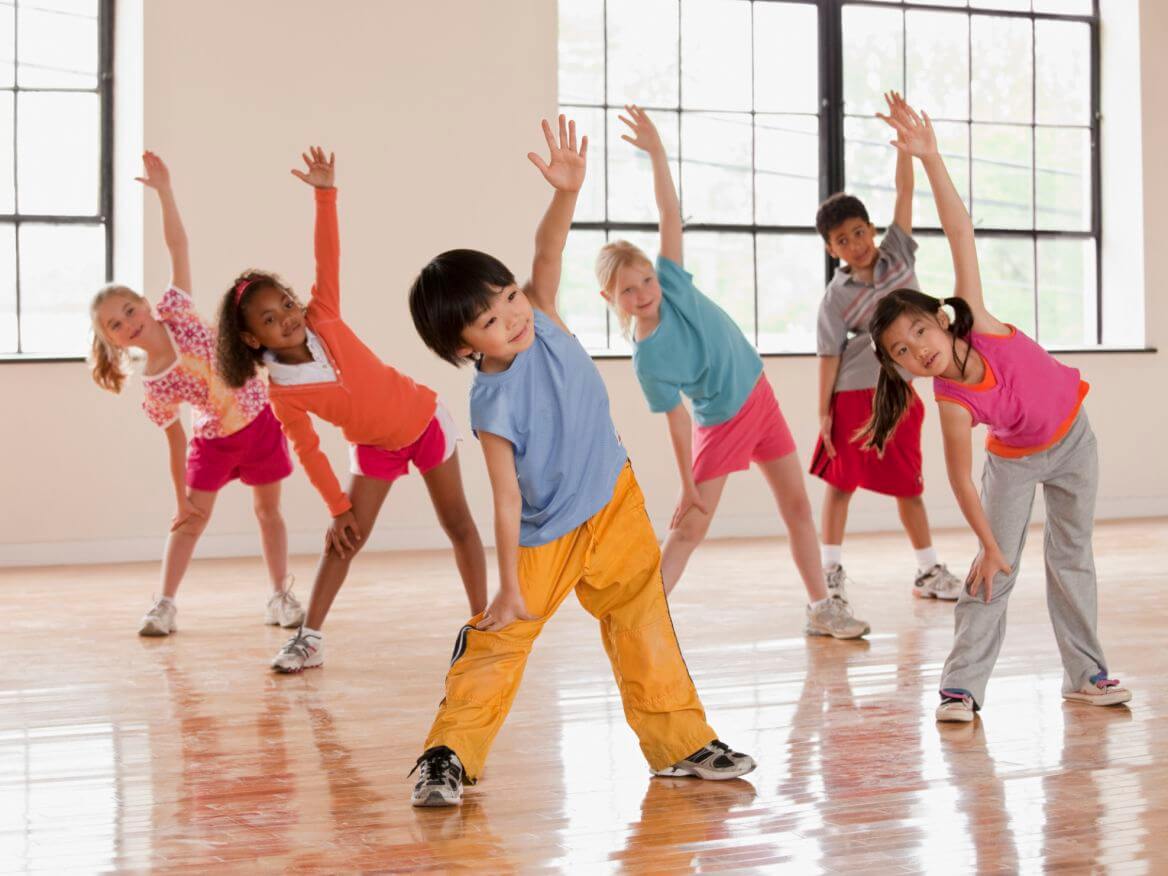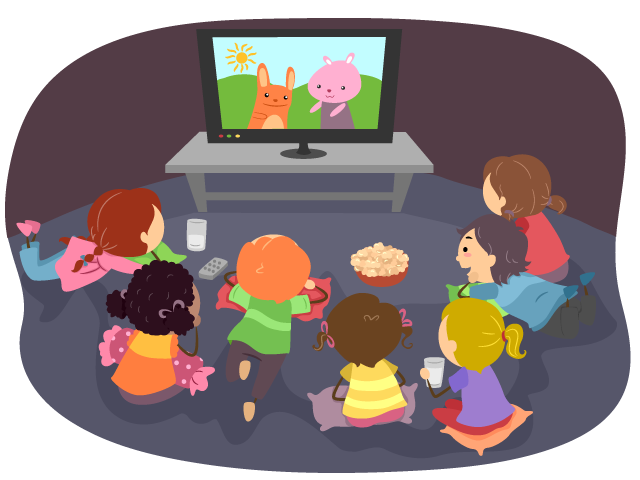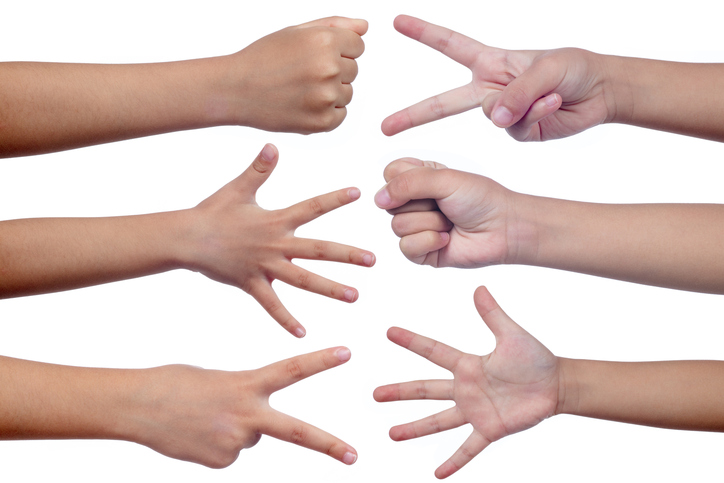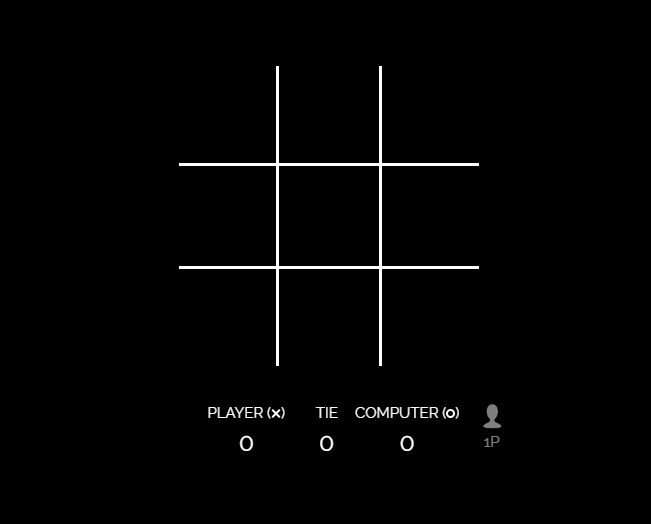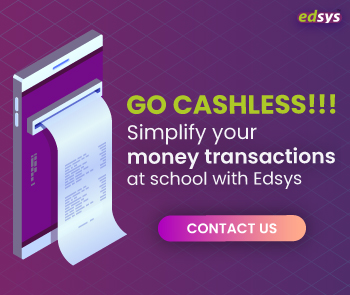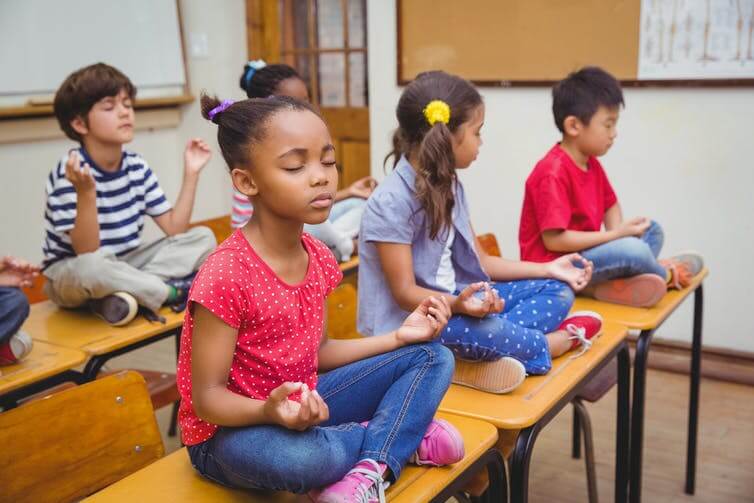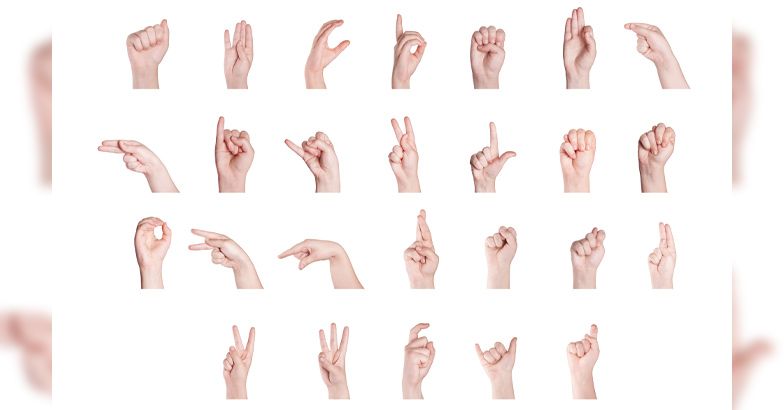The 12th standard results are out and now you must be planning about which course to choose for your higher education. There are numerous courses after 12th that you can choose from.
However, you need to choose a course based on your 12th standard specialization, career goals, skills, and abilities. In this blog, we’ve listed the courses after 12th for Science, Arts, and Commerce Students.
Table of Content
UG Courses after 12th Science
If you have studied in the science group in your 11th and 12th, you have plenty of courses after 12th that you can choose from. You can select from diploma, professional, or bachelor’s degree programs.
Courses after 12th Science with PCB (Physics, Chemistry, Biology)
(And )
Courses after 12th Science with PCMB (physics, chemistry, Maths, Biology)

1. MBBS (Bachelor of Medicine and Bachelor of Surgery)
It is a 5.5-year course with 4.5 years of academic training and 1 year of internship in a hospital. After graduation, you can go for specialization or start your practice in a private or public hospital.
2. BDS (Bachelor of Dental Surgery)
In this 5-year course, you will have academic training for the first 4 years and a 1-year internship. You need to clear NEET to apply for this course.
3. BHMS (Bachelor of Homeopathy Medicine and Surgery)
In this 5.5 year course, you will learn about homeopathy system of medicine and its treatment methodologies.
4. B Sc Nursing
There is always a huge demand for nurses, who are the core of healthcare sectors. This bachelor’s program is for 4 years. After completing this course, nurses can work in a hospital or go for a master’s program.
5. BAMS (Bachelor of Ayurvedic Medicine Surgery)
Ayurveda is a traditional medical practice that uses diet, yoga, and natural treatment to treat medical conditions. Students who wish to practice this alternative medicine can take up this course that spans 5 and a half years.
6. B Sc Veterinary Sciences
If you love medicine and animals, combine both your passions by studying veterinary medicine. After completing this course, you can work in a government veterinary hospital or start a private clinic for animals.
7. B Sc Physics
Physics is one of the basic sciences and forms the foundation of many advanced sciences. After completing the bachelor’s degree in science, you can do masters and PhD and go for teaching or research.
8. B Sc Chemistry
In this course, you will study all about organic and inorganic chemicals and chemical reactions. You can choose to specialize in industrial chemistry, analytical chemistry, or biomedical chemistry for your masters.
9. B Sc Botany
Study all about plants, their physiology, classification, paleobotany, plant biochemistry, and more in this degree program. You can choose to work as a paleontologist, taxonomist, molecular biologist, teacher or researcher after graduation.
10. B Sc Zoology
In this UG course, you will learn ecology, molecular biology, animal anatomy and physiology, immunology, genetics, and evolutionary biology. A few of the job opportunities include ecologist, nature conservationist officer, environmental consultant, teacher and researcher.
11. B Sc Psychology
If the complex human mind, its interactions, emotions, and social behavior interests you, study psychology. You can choose career paths such as forensic psychologists, clinical psychologists, educational psychologists, sports psychologists, and health psychologists.
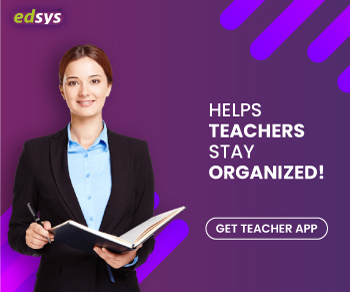
12. B Pharm
B Pharm is a job-oriented degree program in which you will learn all about medications and how to prepare them. After you complete the course, you can work in the pharmaceutical industry or set up a pharmacy.
13. BSc Microbiology
Delve into the world of microorganisms and learn everything about them in this course. After the UG program, you can do PG in microbiology and then Ph.D. Else, you can work as a research assistant, medical technologist, or clinical microbiologist.
13. BSc Biotechnology
There is a huge scope after completing UG in Biotechnology. You can work in various domains such as healthcare, education, agriculture, industry, and food industry.
14. BSc Biochemistry
In this 3-year program, you will learn about the chemical and biological basis of life. The major subjects in this course are anatomy, physiology, intermediary metabolism, immunology, microbiology, biophysical chemistry and enzymology.
15. B Sc Bio-Medical Science
Biomedical science brings together theoretical science and their technological applications in various industries. This course is best for those who like science and are interested in research and development.
16. B.Sc. Forensic Sciences
Forensic scientists use scientific knowledge and methodology to help solve crimes. The various job roles in this domain are forensic psychologists, fingerprint analysts, and forensic experts.
17. B Sc Anthropology
If you’re fascinated by the similarities and differences in humans based on their socio-culture background, language, region, faith and such, you will find this course interesting.
18. B.Sc. Audiology & Speech Therapy
In this course, you will learn about speech and hearing disorders. After completing this course, you can work as an audiologist or a speech therapist in clinics, universities, NGOs and public hospitals.
19. Sc Radiography
In this 3-year course, you will learn all about the tools and technology used in the medical field for diagnostics. The course curriculum covers CT, X Ray, MRI, ultrasound, Positron Emission Tomography and more.
20. B.Sc. Rehabilitation Therapy
This course will give you the knowledge and skills to help patients recover from physical and mental injuries caused due to accidents or illnesses. You can find job opportunities in private clinics, sports clinics, hospitals, rehabilitation centers, old age homes, and special schools.
21. B.Sc. Food Technology
In the food technology course, you will learn about the manufacture, processing, and preservation of food. The subjects covered include food & packaging, industrial research techniques, food chemistry, food marketing, microbiology, and food formulation.
22. B Sc Genetics
Genetics is the study of genes and heredity. There is a huge scope for graduates of genetics. You can work in medicine, healthcare, biomedicine, and scientific research domains.
23. B Sc Allied Health Sciences
Allied health sciences combine various health sciences such as microbiology, physiotherapy, hematology, immunology, physical therapy, radiography, speech therapy and more.
24. B Sc Agriculture
In this course, you will learn agriculture practices, agronomy, horticulture, agricultural economics, genetics and plant breeding, animal husbandry, soil science, and agricultural engineering.
25. B.Sc. Horticulture
It can be described as a specialization of agricultural science. In this course, you will learn about growing plants, their diseases, plant genetics, floriculture, landscaping, vegetable crops and more.
26. BSc Environmental Science
Want to work as an environmental officer, waste management officer, environmentalist, or pollution control officer and care for the environment? Choose this 3-year UG degree program.
Also Read:
27. B Sc Home Science
This 3-year degree program covers a wide range of subjects, from food, nutrition and hygiene to rural development and community living. Home science students learn economics, child development, family relations and lot more.
28. B FSc (Bachelor in Fisheries Sciences)
This multidisciplinary science covers everything from the biological study and breeding of fish to the management of fisheries. The job opportunities in this domain include fish breeder, fish trader, aquaculturist, fisheries inspector, farm manager, marine biologist, and marine scientist.
29. B.Sc. Hotel Management
If you are interested in working in the hospitality industry, you can study hotel management. The course will train you in every aspect of managing and run a hotel.
30. B Sc Forestry
This course is meant for those who love nature and want to work in the forests. After graduation, you can work in zoos, wildlife parks, wildlife research institutes or in the Indian forestry department.
31. Bachelor of Physiotherapy
Physiotherapy is a 4-year course that includes 6 months of internship. After graduation, you can work in hospitals, private clinics, sports teams and fitness centers as a physiotherapist.
32. B Sc Bioinformatics
This course brings together biology and computer science. You will learn how to use computer technology in the study of life.
Courses after 12th Science With PCM (Physics, Chemistry, Mathematics)
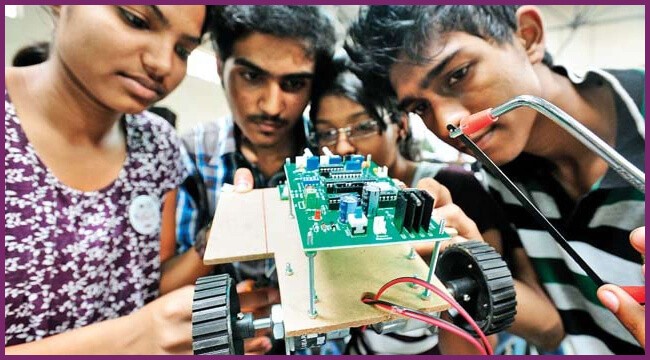
1. B E (Bachelor of Engineering)
BE is the top professional course that students choose to study after the 12th. The various streams in this UG engineering program are:
- Mechanical Engineering
- Electrical Engineering
- Computer Science Engineering
- IT Engineering
- Civil Engineering
- Chemical Engineering
- IC Engineering
- EC Engineering
- Mining Engineering
- Electronics Engineering
- Electronics and Telecommunication Engineering
- Petroleum Engineering
- Aerospace Engineering
- Automobile Engineering
- Genetic Engineering
- Environmental Engineering
- Aeronautical Engineering
- Biotechnology Engineering
- Agricultural Engineering
- Infrastructure Engineering
- Motorsport Engineering
- Power Engineering
- Production Engineering
- Marine Engineering
- Plastics Engineering
- Dairy Technology and Engineering
- Metallurgy Engineering
- Textile Engineering
2. B Tech(Bachelor of Technology)
BE and BTech have almost similar streams. The difference between the two UG programs is that BE is more theoretical based while BTech is more application based. So, even if the streams are learning perspectives and teaching methodologies will differ. You will have B Tech courses in the same streams listed under BE.
Apart from that, a few others are
- Food Processing and Technology
- Agricultural Information Technology
- Digital Transformation
- Data Science
3. B Arch
Bachelors of Architecture is a 5-year degree program. In this course, you will learn about planning, designing and constructing buildings. After graduation, you can work in private and public sectors.
4. B Sc Computer Science
This UG program is a good alternative for those who want to learn computer science but not take up an engineering course. The updated curriculum includes latest technologies such as data science, artificial intelligence, machine learning and more.
5. B Sc IT
In this course, you will learn about information technology and its applications, data structure, software engineering, web design and more. After graduation, you can do MCA or M Sc IT.
6. Bachelor of Education
If you want to work as a teacher in a government or a recognized private school, you need to complete B Ed. However, you need to complete a UG course in basic sciences, arts or math to be eligible for this program.
7. Bachelor of Statistics
Statistics is essential if you want to build your career in the emerging fields of data science and artificial intelligence. You can complete your graduation in statistics and build your career in this emerging domain.
Diploma courses after 12th Science

A diploma course can be for 1 year to 3 years depending on the course curriculum, accrediting body, and type of course. After the diploma, you can join a UG program or choose to work. Diploma courses after 12th are more technical and application-oriented.
1. Computer Hardware
The career opportunities after completing this course are system administrator, networking professional, and installer. The course duration is generally 6 months to 1 year.
2. Web Designing
In this diploma course, you will learn the basics of web building and design. You will learn to use tools to design web pages for any kind of website.
3. Graphic Designing
If you have artistic skills and a flair for technology, you can learn graphic design. In this program, you will learn multimedia, game designing, and animation.
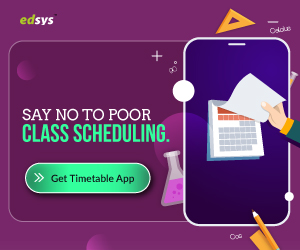
4. Jewelry Designing
Learn about gems, settings, and the nuances of designing and creating jewelry in this course.
5. Textile Designing
This course will teach you all about fabrics, textures, patterns, and computer-aided textile design.
6. Animation and Multimedia
This course will train you to use tools and technology to create 2D & 3D images, vector art, visual effects, cinematic 4D effects, graphic designs and web designs.
7. Cutting and Tailoring
This course is generally for 6 months. You will learn about cutting fabrics and sewing different kinds of garments like suits, coats, trousers, dresses and lot more.
8. Fashion Designing
If you are interested in fashion and have a creative mindset, you can choose to study fashion designing. After the diploma course, you can apply for lateral admission in Fashion or Textile designing or choose to set up your own business.
9. Mass Communication
This journalism course will cover the study of print media, digital media, language and communication. You can work as a journalist after completing this course.
10. Event Management
This course will give you the knowledge and expertise to plan, prepare, and execute huge events, festivals, celebrity programs, concerts, trade shows and product launches.
11. Foreign Languages
There is always a demand for trained translators and foreign language teachers. Based on your preference, you can learn foreign languages such as German, Mandarin, French, Spanish, Japanese and Italian.
12. Computer Science
In the computer science diploma program, you will learn about PC assembling and troubleshooting, maintenance, basics of internet, e-commerce, MS Office and more.
13. Air Hostess
If you want to build your career in the aviation industry, you can do this diploma course. The curriculum covers management skills, presentation skills, fundamental knowledge of aircraft, catering and emergency management.
14. Education
This course equips you with the essential skills and knowledge to work in the education sector. The diploma course can be in special education, physical education, early childhood education, child psychology or Montessori education.
15. Paramedical
Paramedical staffs are the first responders in most emergency situations. They provide first aid and emergency treatment for patients and accident victims before they are taken to the hospital.
16. Digital Marketing
In this diploma program, you will learn the basics of digital marketing. The course covers website building and designing, SEO, social media marketing, content marketing and other forms of online marketing.
17. Engineering
12th pass students can also join a diploma in engineering course and later on apply for lateral admission to the BE course. The popular engineering diploma courses are:
- Diploma in Mechanical Engineering
- Diploma in Marine Engineering
- Diploma in Metallurgy
- Diploma in Electrical Engineering
- Diploma in Civil Engineering
- Diploma in Sound Engineering
- Diploma in Computer Science Engineering
- Diploma in Mining Engineering
- Diploma in Chemical Engineering
- Diploma in EC Engineering
- Diploma in IC Engineering
UG Courses after 12th for Arts Students

1. BBA (Bachelor of Business Administration)
This course will teach you everything you need to know about running a business. The course covers finance, project, accounting, marketing, operations and leadership.
2. BMS (Bachelor of Management Science)
In this UG program, you will learn the principles of business management, finance, business mathematics, managerial economics, office management, cost accounting, income tax and more.
3. BFA (Bachelor of Fine Arts)
If you are interested in creative arts such as drawing, painting, sculpturing, photography, writing, animationand such, this course will be perfect for you.
4. BEM (Bachelor of Event Management)
The scope for job opportunities in event management is huge. After completing this course, you can work as a public relationship manager, administrative manager, marketing executive, event manager, event coordinator or a production executive.
4. BA English Literature
Learn the nuances of English literature and language as well as linguistics and communication skills in this course.
5. BA Political Science
After completing this 3-year course, you can find job opportunities in the public sector, , politics, social service, media and marketing.
6. BA Philosophy
In BA Philosophy, you will learn political philosophy, metaphysics, philosophy of the mind and critical thinking.
7. BA History
Learn about the evolution of the human civilization and the history of the world in this course. You can work as a teacher, social worker, historian, archaeologist, travel expert, or activist after graduation.
8. BA Geography
Geography is the study of the earth and geographical features. You will learn about soil, climate, oceanography, cartography and environment.
9. BA Economics
The career paths after completing economics graduation are economist, finance and budget analyst, investment analyst, market analyst, economic/business writer and sales analyst.
10. BA Archaeology
If you want to discover the source and development of the human civilizations and learn about the ancient cultures, this course will be great for you.
11. BA Linguistics
Dialects and languages are treasure troves of knowledge. Learn about the different dialects used across the globe and how they influenced civilization development in this course.
12. BA Rural Studies
After you complete your graduation in rural studies, you can work in government agencies, private sector or NGOs. The job profiles include district coordinator, associate program manager, lecturer, agronomist and territory in-charge.
13. BA Language (Tamil, Malayalam, Telegu, Kannada,Hindi, Gujarati, Marathi, Sanskrit …)
This UG program is offered for all the Indian official languages. In this course, you will learn the language, literature and grammar. After graduation, you can work as a teacher or do a PG course.
14. BA Criminology
It is a very highly specialized course offered by few colleges. Criminology involves the study of the motive and reason for crime occurrence. Job profiles include crime laboratory analyst, investigator, social worker, and crime researcher.
15. BA LLB (5-year Integrated Programme)
This integrated 5-year program includes art and law subjects. Aspiring lawyers can choose to study sociology, history, political science, or philosophy in the arts subjects. They can specialize in family law, criminal law, constitutional law, or international law.
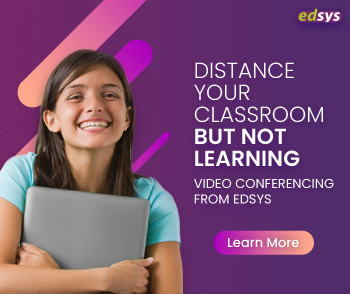
16. B Sc Hospitality & Travel
This course will equip you with the knowledge as well as the managerial and administrative skills to run a hotel or a restaurant. After graduation, you can work in airlines, resorts, hotels, cruises and clubs anywhere in the world.
17. Bachelor of Journalism & Mass Communication (BJMC)
This course covers a wide range of subjects such as print journalism, radio journalism, public relations, advertising, social media, film studies, and event management.
18. Bachelor of Mass Media (BMM)
In the Mass Media UG course, you will learn the fundamentals of mass communication, literature, psychology, computers, management, public relations, advertising and consumer behaviour.
19. BSW (Bachelor of Social Work)
If you are interested in social work, you can join this course. The job opportunities in this domain include behavioral management aide, juvenile court liaison, probation officer, community outreach worker, and case management aide.
20. Bachelor of Interior Design
In this 3-year program, you will learn about designing and decorating interiors of residential and commercial buildings. After graduation, you can work with interior design firms, infrastructure & property developers or set up your own business.
UG Courses after 12th Commerce
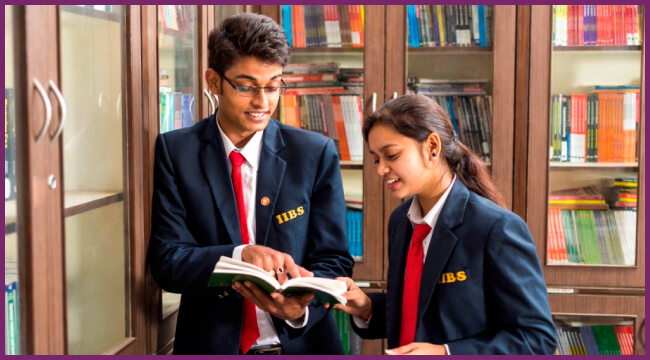
1. B Com
Bachelors of Commerce is a 3-year UG program that focusses on finance, accounting and banking. After graduation, you can work in the accounts department of companies, banks, financial companies, and investment firms.
2. BMS (Bachelor of Management Studies)
You will learn finance, economics, management, conflict resolution, microeconomics, statistics, organizational behavior and lot more in this course.
3. BBS (Bachelor of Business Studies)
This course focuses on two core areas – finance and business. After graduation, you can find job opportunities in leading banks, financial institutes, and corporate companies.
4. BIBF (Bachelor of International Business and Finance)
A degree in international business and finance opens doors to global career opportunities. You can work as a foreign trade officer, business development manager, sales manager, economist, trade coordinator or interpreter after graduation.
5. B.B.S. (Bachelor of Business Studies)
In this course, you will learn business communication, business environment, business statistics, industrial law, international marketing and business.
6. B.B.E. (Bachelor of Business Economics)
The core subjects that you will study in this 3-year UG program are macro and microeconomics, business statistics, marketing management, business finance, and the Indian financial system. After graduation, you can work as a business manager, financial analyst or business development executive.
7. Integrated MBA
The integrated MBA program is a 5-year course that combines the Bachelor of Business Administration/Bachelors in Business Management/Bachelors of Management Studies with Master in Business Administration (MBA).
8. Actuarial Science
This science studies the risks in an economy and looks for ways to maintain its stability in varying economic situations and calamities (manmade and natural). The Institute of Actuaries of India (IAI) offers extensive and in-depth courses in this science.
Courses After 12th: Final Thought
The sky is the limit when it comes to the number of courses after 12th standard.
The course that you choose determines your career path and your success in life. Consider factors such as your preference, skills, abilities, capabilities, life goals, and budget before you select a course.
So, from the plethora of courses after 12th, be smart enough to choose the right one wisely.

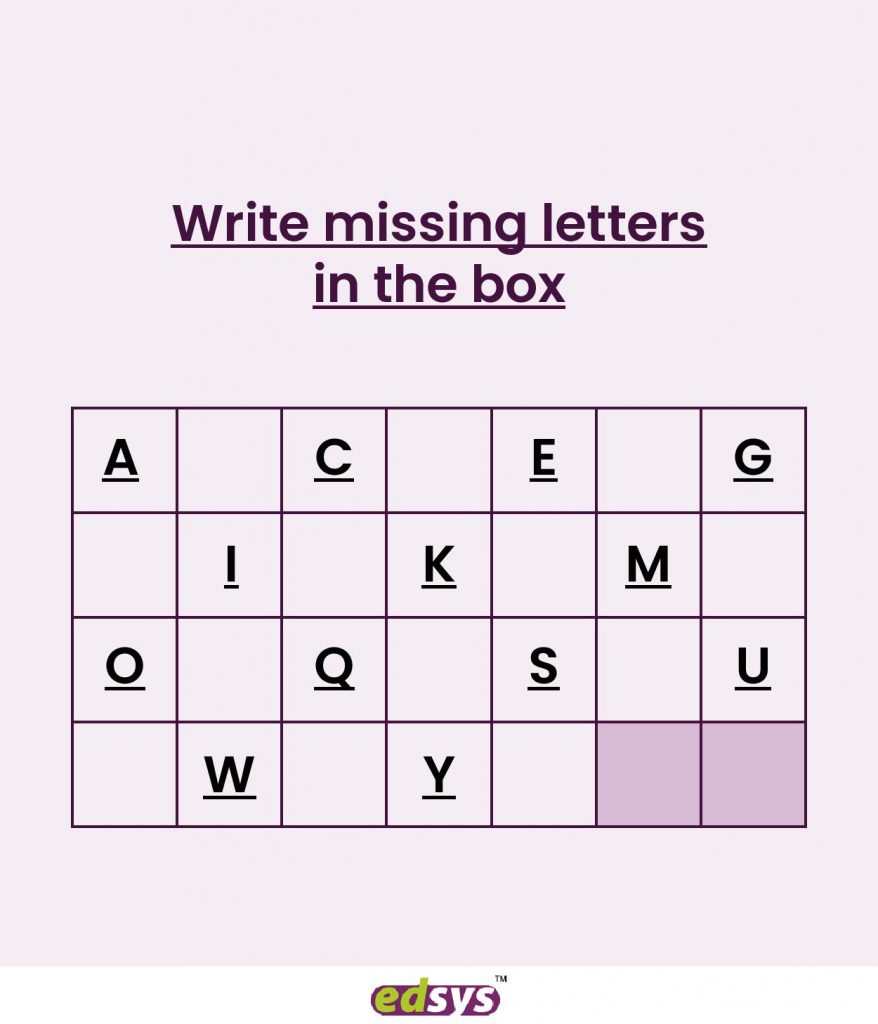
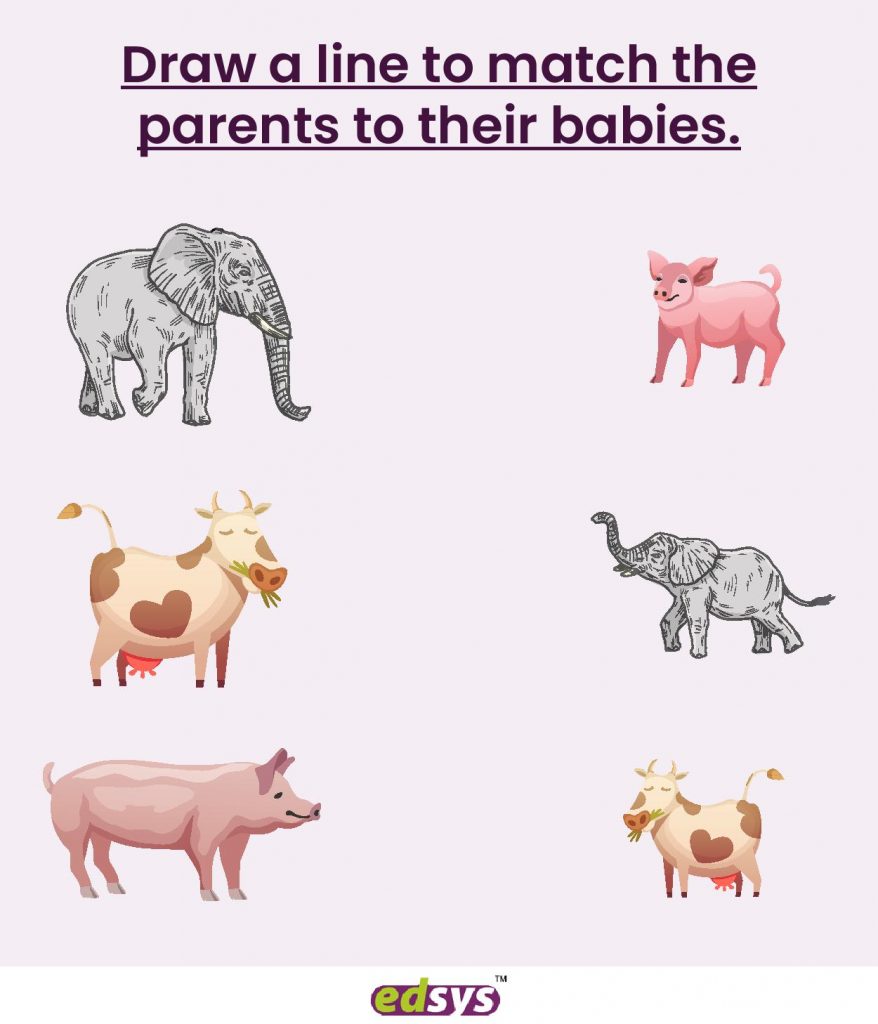
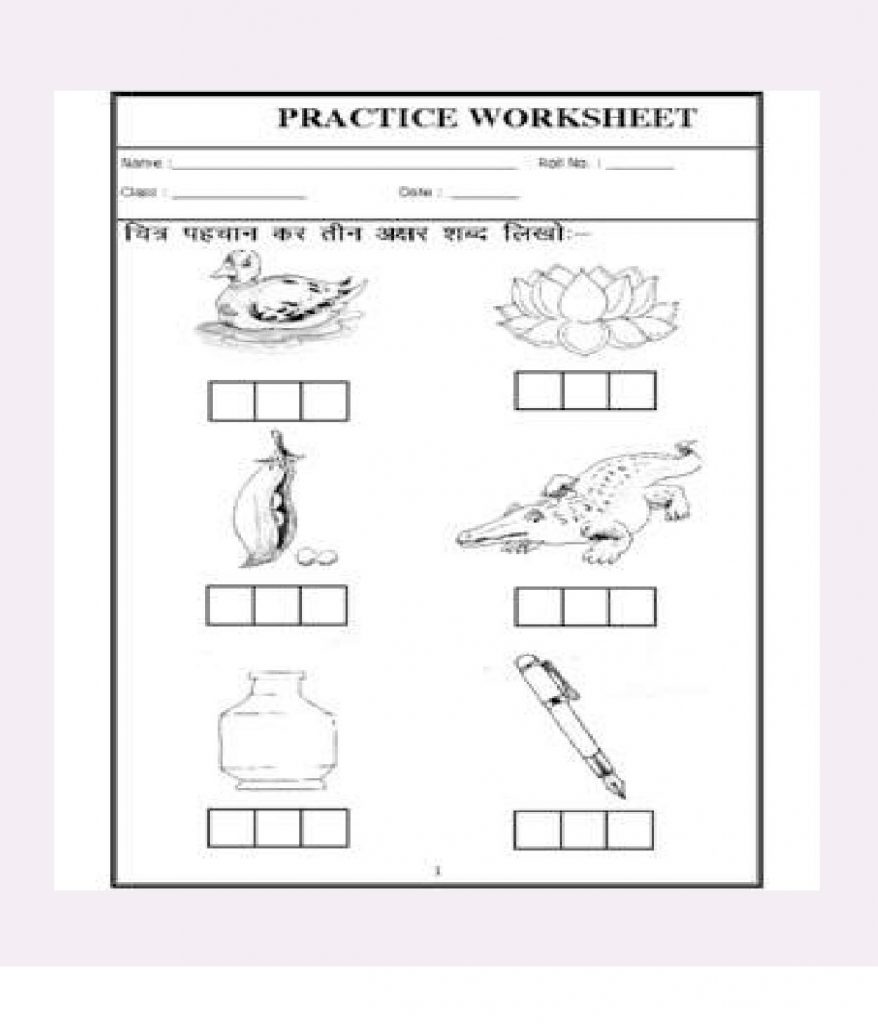
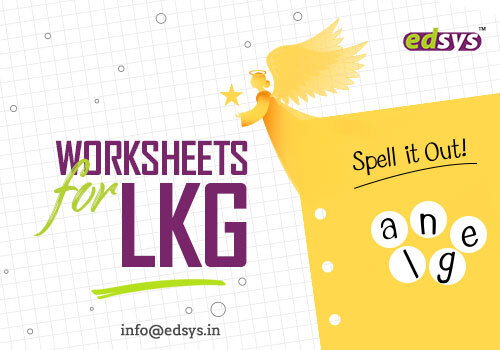
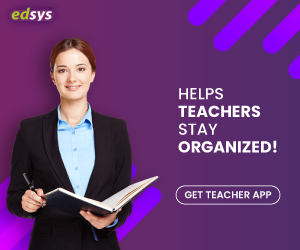

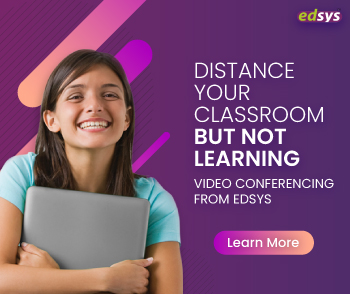
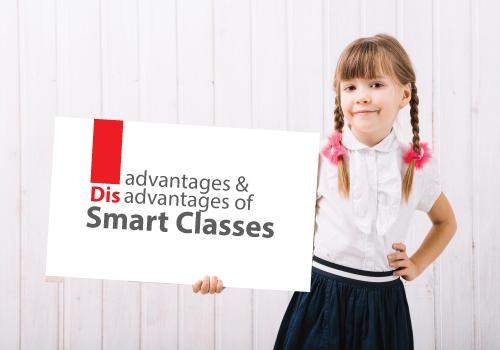
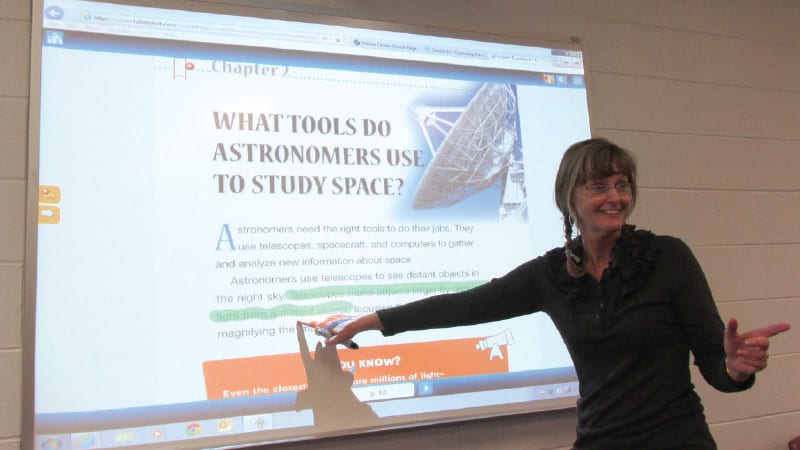

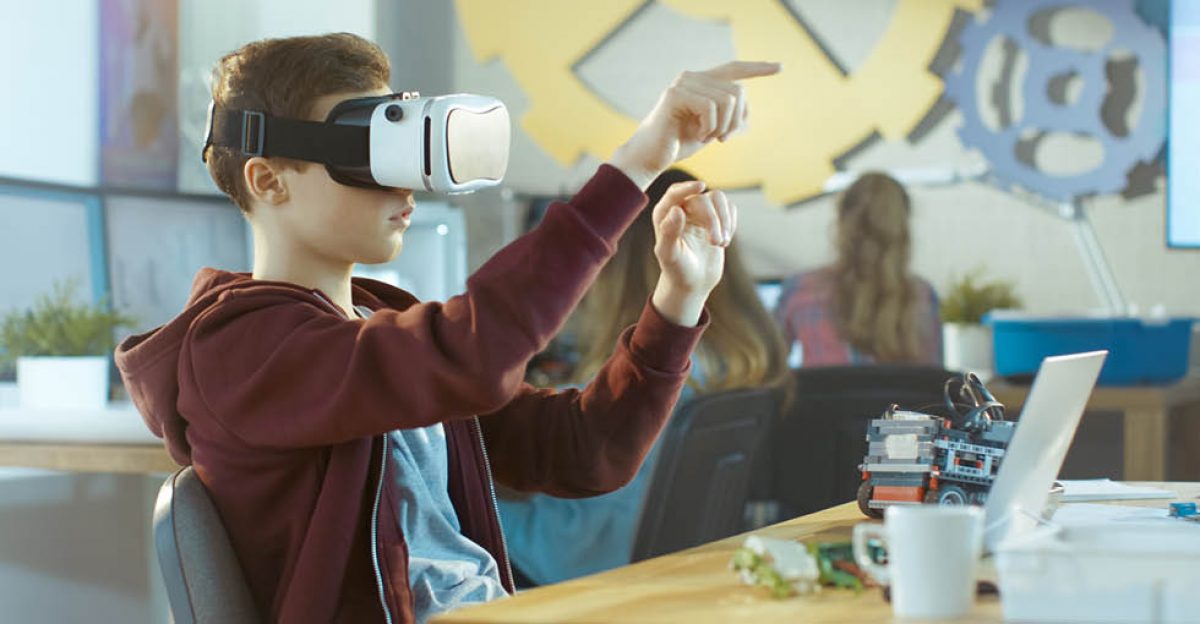
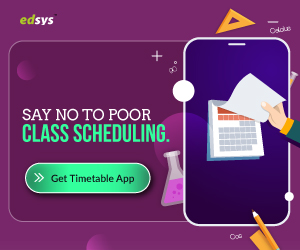
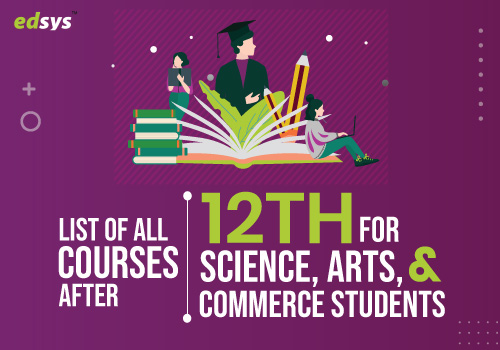








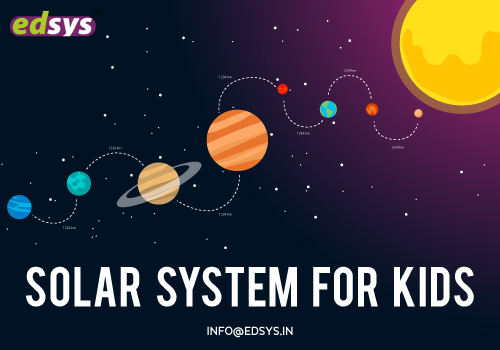








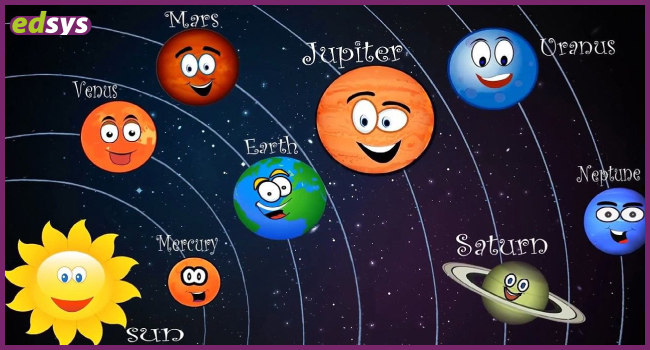
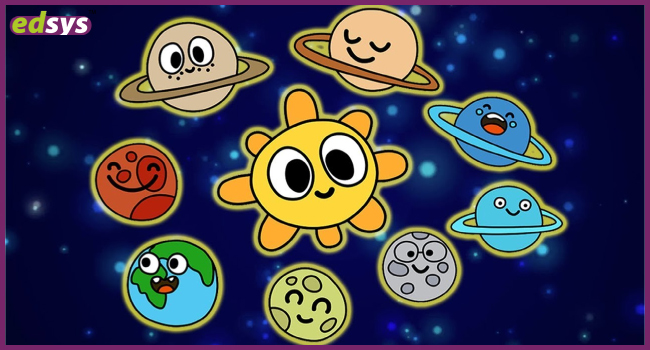
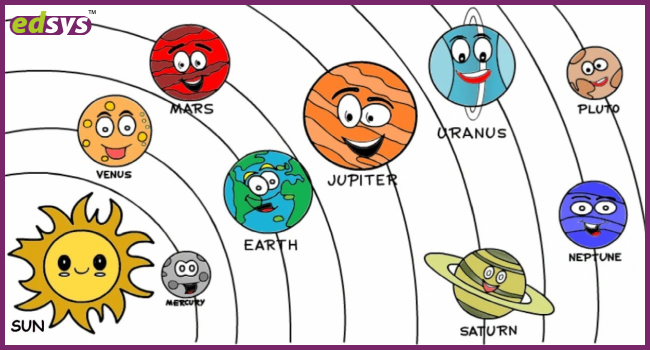
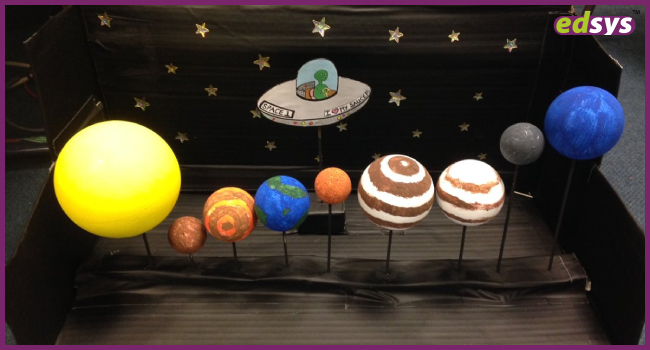
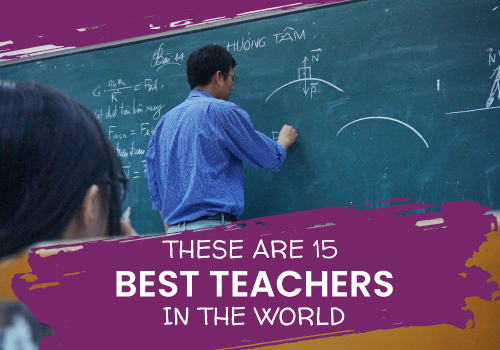
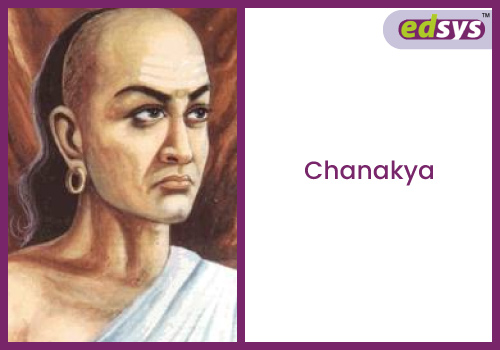
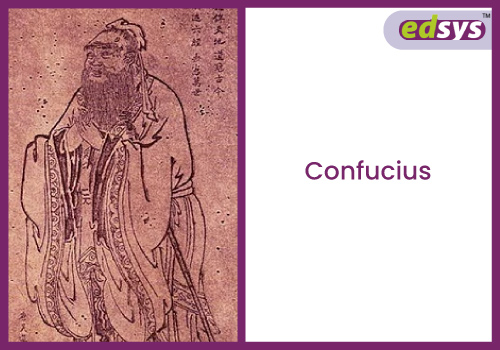

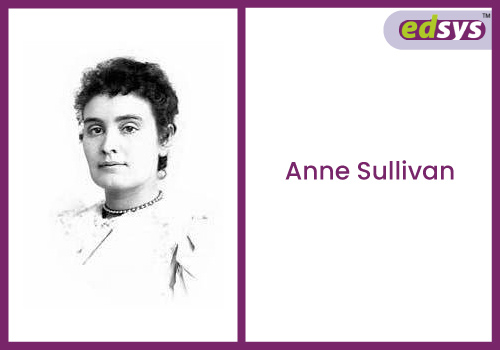

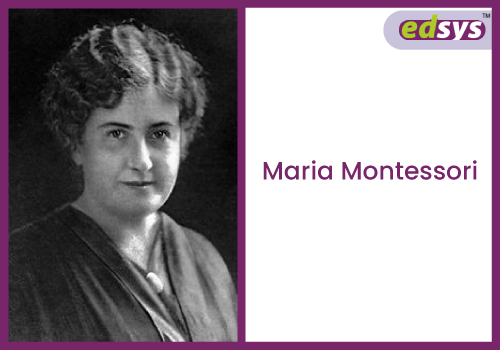


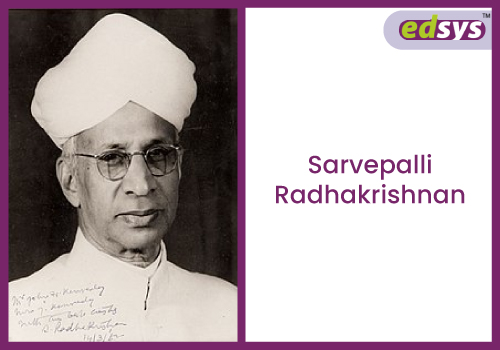
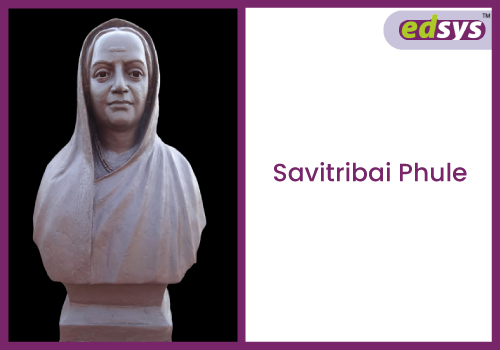
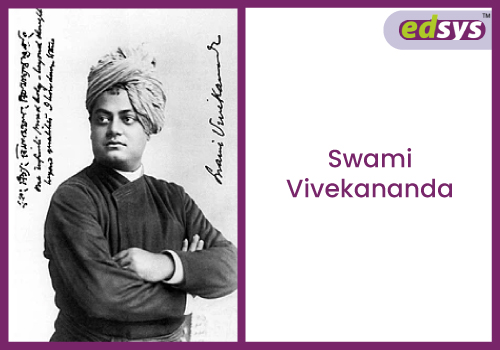
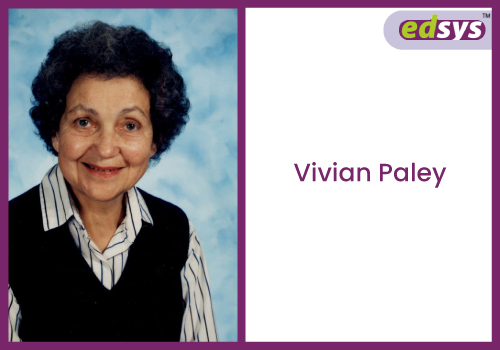
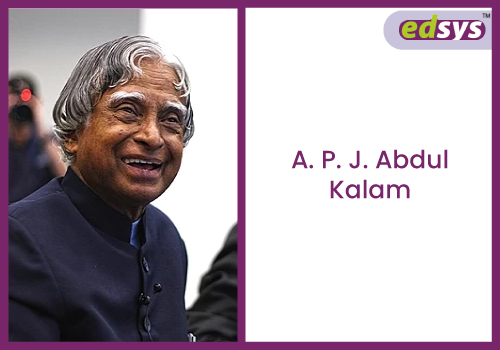

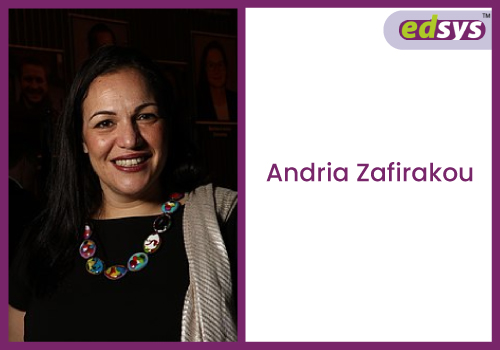
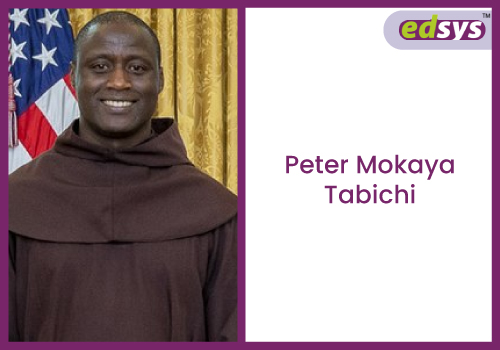
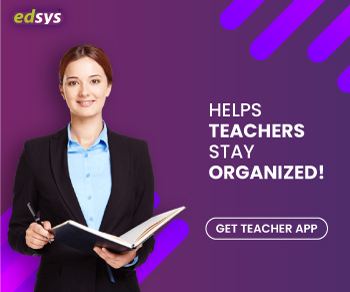
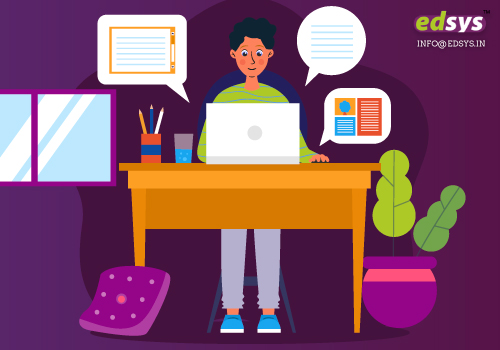
![Multiplication Charts: 1-12 & 1-100 [Free Download and Printable!]](https://wp.edsys.in/wp-content/uploads/2020/07/Multiplication-charts-1-12-1-100-1.jpg)
